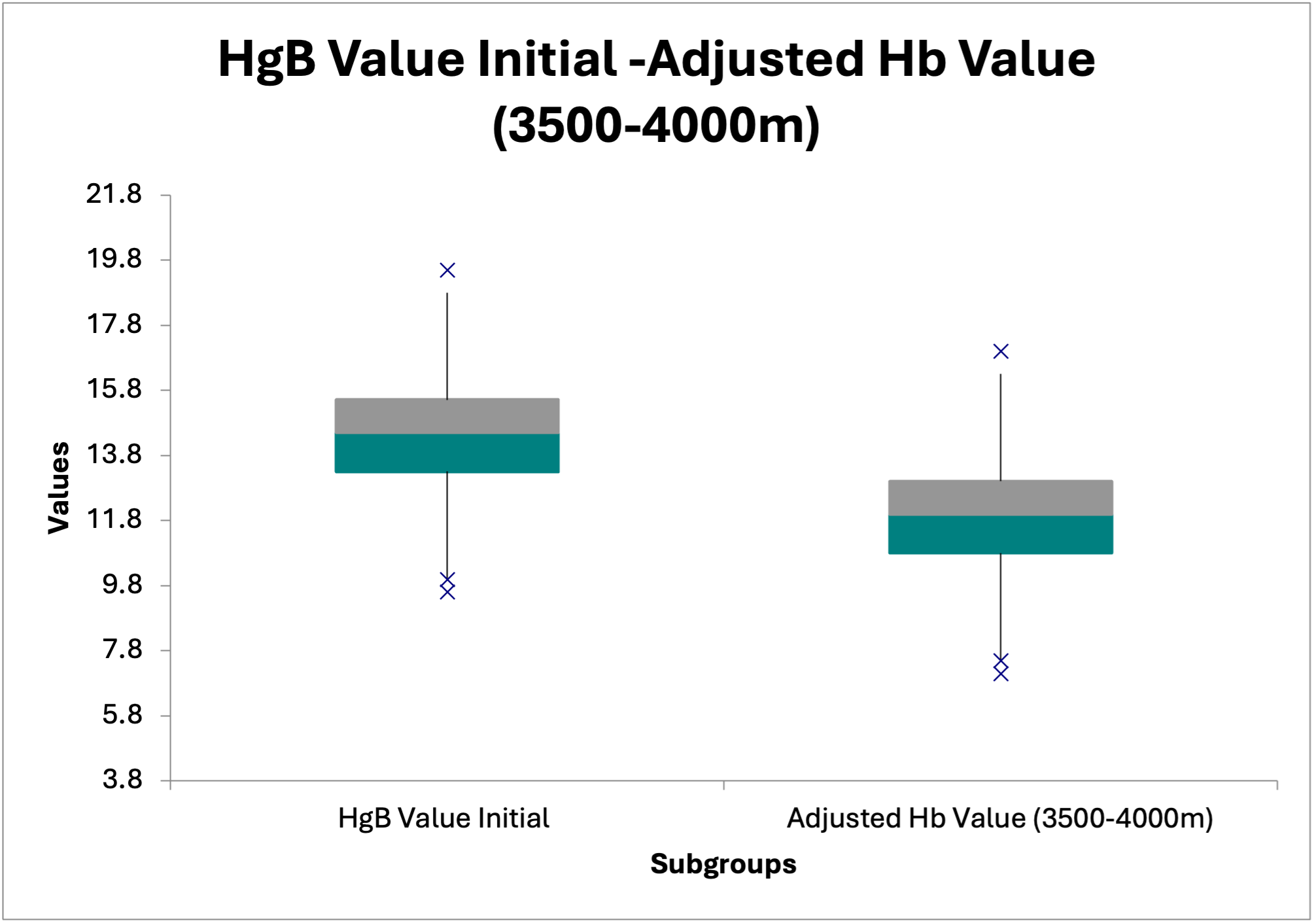Global Neonatal & Children's Health 4
Session: Global Neonatal & Children's Health 4
780 - Surveillance of Anemia Among Women of Reproductive age living at High Altitude in Nepal.
Sunday, April 27, 2025
8:30am - 10:45am HST
Publication Number: 780.6980
Allison Judkins, University of Utah School of Medicine, Salt Lake City, UT, United States; Rebecca Mabee, University of Utah School of Medicine, Salt Lake City, UT, United States; Abhyu Ghimire, The Mountain Medical Institute, Dingboche, Kosi, Nepal; Bernhard Fassl, Bernhard Fassl NEOMED, ROOTSTOWN, OH, United States
- AJ
Allison Judkins, MD (she/her/hers)
University of Utah School of Medicine
Salt Lake City, Utah, United States
Presenting Author(s)
Background: Perinatal anemia remains a significant public health problem in low-and-middle income countries (LMICs). Approximately 30% of women of reproductive age (WRA) are anemic world-wide. Nutritional anemia, particularly iron deficiency, is the most common cause of anemia. Anemia is associated with impaired cognitive and physical development and increases the risk of significant morbidity and mortality during pregnancy and childbirth. Anemia is also a major contributing factor to all-cause maternal and child mortality and has been shown to significantly reduce economic productivity of the population, perpetuating the cycle of poverty. Because of the increase in hemoglobin with altitude, and the differences in this increase among different regions and ethnicities, the diagnosis of clinically significant anemia is a challenge. The WHO recommends a calculation-based correction for hemoglobin values at elevation. In Tibet, there is a threshold effect for altitude on hemoglobin concentration, where it is only at an altitude of >3800-4000 meters that the hemoglobin concentration is elevated. The clinical significance of this is unknown.
Objective: To explore the prevalence of anemia among women of reproductive age (WRA) living at greater than 3,000 meters elevation.
Design/Methods: This is a cross-sectional cohort study conducted in 7 distinct locations in Upper Solukhumbu, Nepal in November 2022. 300 WRA were screened via Hemocue POC testing in collaboration with the Mountain Medical Institute. The WHO Classification of Anemia and recommended Altitude adjustment was utilized in the analysis.
Results: Of the 300 women who received hemoglobin screening, the average hemoglobin was 14.35 g/dL (+/- 2SD 10.77-17.92). The average age of women screened was 27.16 (SD +/-10.06). 4.5% of women screened carried a previous diagnosis of anemia. 56 out of 300 women (18.7%) had taken IFA tablets within the last week. A total of 38 out of 300 women were anemic (12.7%) based on hemoglobin values. When the hemoglobin correction is applied, 142/300 women meet criteria for anemia (47.3%). With this correction, the prevalence of anemia reaches the WHO criteria for severe public health significance.
Conclusion(s): The prevalence of anemia increases as high-altitude increases under the guidelines for hemoglobin correction. However, further investigation is required to correlate the diagnosis of anemia with appropriate measures iron status markers to appropriately identify iron deficiency at altitude to inform appropriate care decisions.
Prevalence of Anemia in Women of Reproductive Age When Adjusted for Altitude
.png) With altitude correction, the prevalence and severity of anemia in women of reproductive age is increased. Calculation: Hemoglobin Adjustment (g/L) = (0.0056384 x elevation) + (0.0000003 x elevation squared).
With altitude correction, the prevalence and severity of anemia in women of reproductive age is increased. Calculation: Hemoglobin Adjustment (g/L) = (0.0056384 x elevation) + (0.0000003 x elevation squared).Comparison of initial hemoglobin value with altitude adjusted hemoglobin values.


